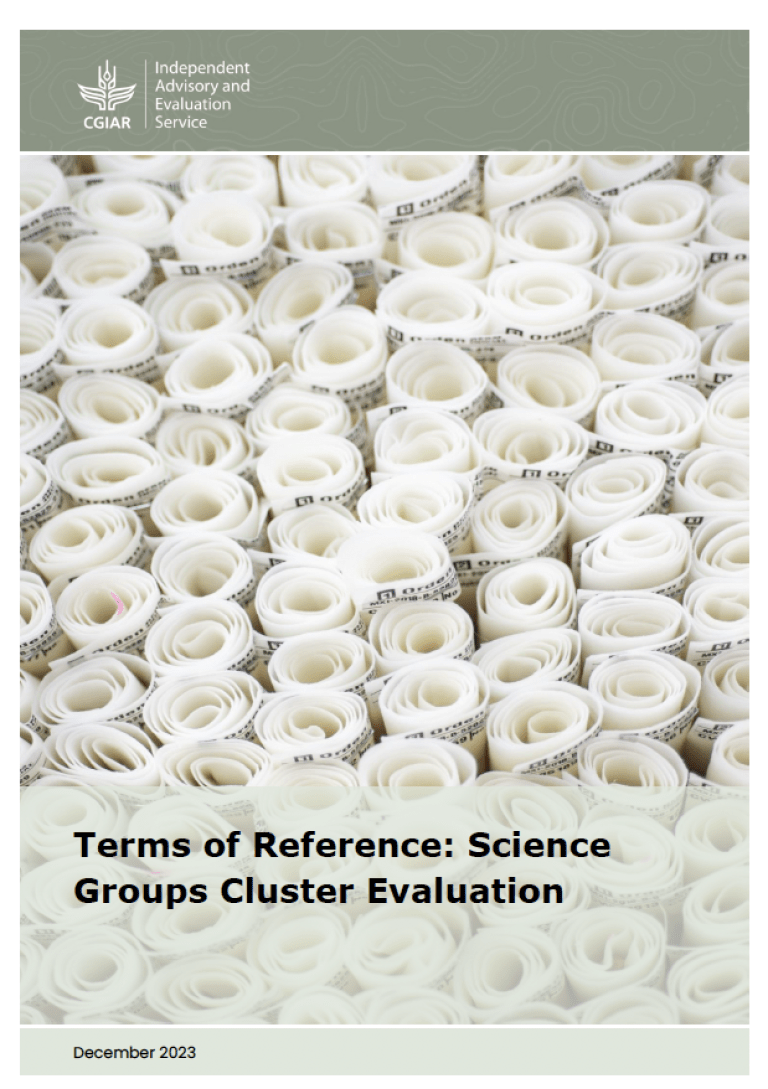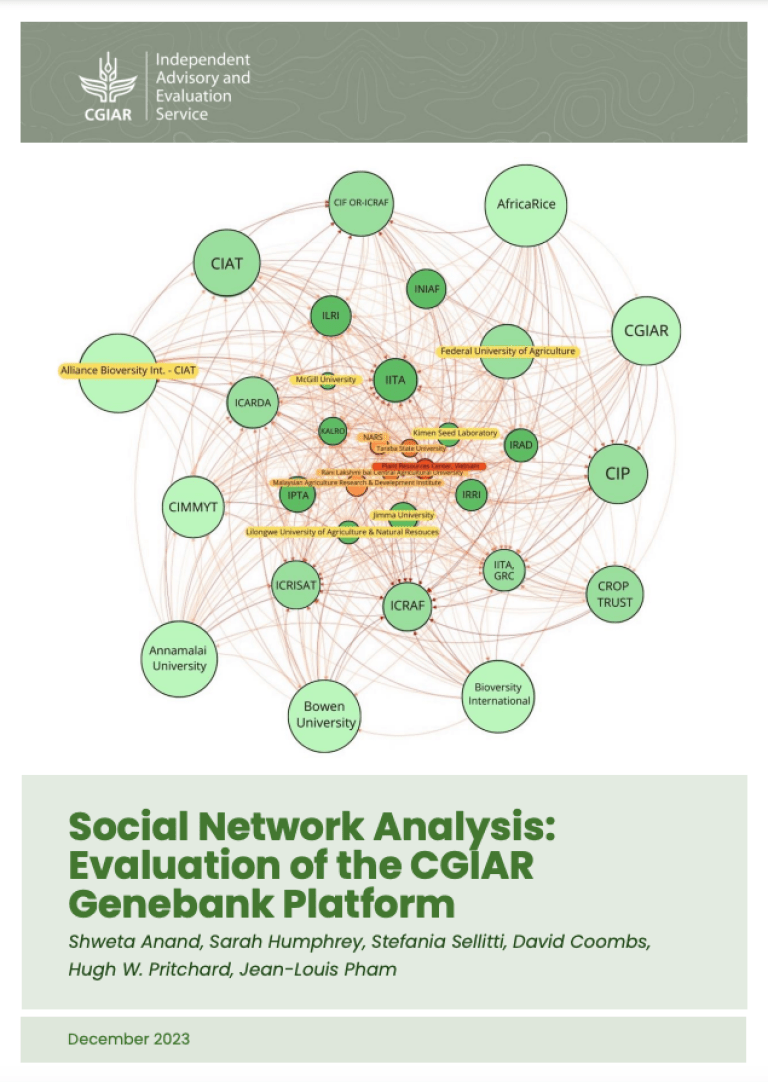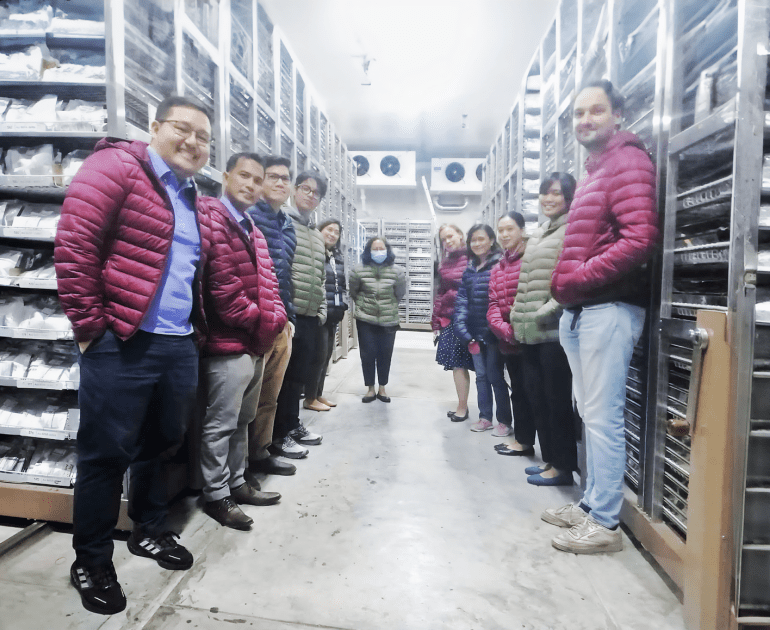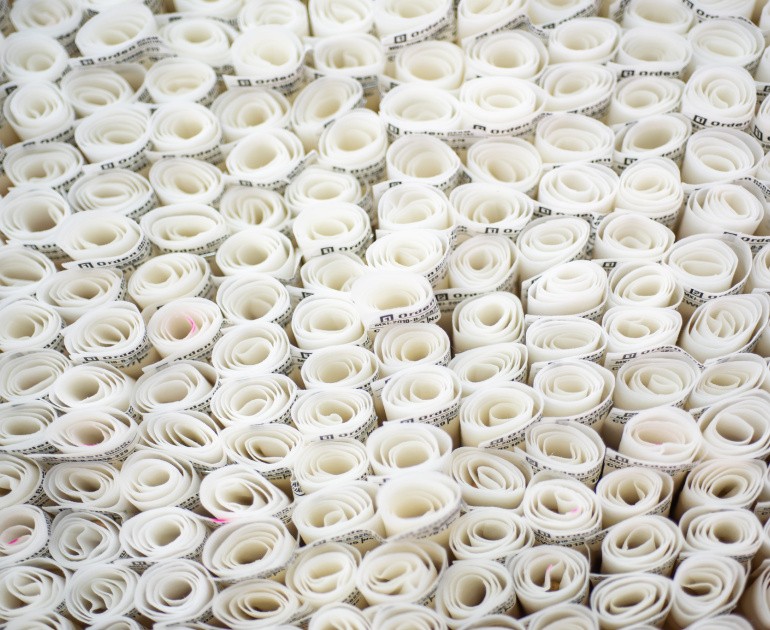Abstract
Background and Context
The main objective of the CGIAR Research Program Grain Legumes and Dryland Cereals (GLDC) is to increase the productivity, profitability, resilience, and marketability of nutritious grain legumes (chickpea, cowpea, pigeonpea, groundnut, lentil, soybean) and cereals (sorghum, pearl millet, finger millet) grown in semi-arid and sub-humid dryland agroecologies of Sub-Saharan Africa and South Asia. GLDC is led by ICRISAT in partnership with IITA, ICARDA, ICRAF, ILRI, Bioversity International, CIAT, IRD, CIRAD, CSIRO, and many nongovernmental organizations (NGOs), national agricultural research systems (NARSs), and private sector partners. It is structured on five flagship programs (FPs): FP1: Priority Setting and Impact Acceleration; FP2: Transforming Agri-food Systems (not funded); FP3: Integrated Farm and Household Management; FP4: Variety and Hybrid Development; and FP5: Pre-breeding and Trait Discovery. FP6: Common Bean was incorporated in 2019 and approved by the CGIAR System Management Office (SMO) in 2020.
Purpose and Scope of the CRP 2020 Review
The primary purpose of the review is to assess the extent to which the GLDC is delivering quality of science and demonstrating effectiveness in relation to its theories of change (ToCs) in the approved proposal. Its objectives are to fulfill CGIAR’s obligations for accountability and donor support for international agricultural research; assess the effectiveness and evolution of research program’s work; and provide an opportunity for GLDC to generate insights, including lessons for future CGIAR research modalities.
Download
Citation
CAS Secretariat (CGIAR Advisory Services Shared Secretariat). (2020). CGIAR Research Program 2020 reviews: Grain Legumes and Dryland Cereals. Rome: CAS Secretariat Evaluation Function. https://cas.cgiar.org/
Author(s)
Jill Lenné and Guy Poulter





